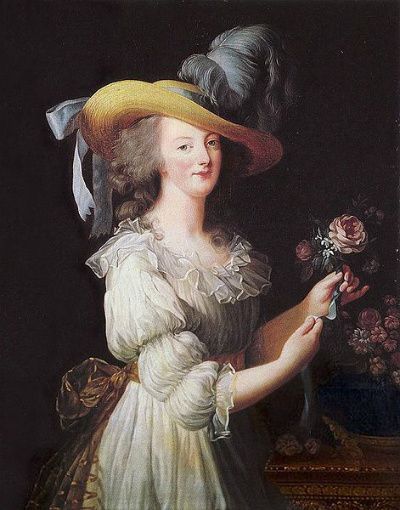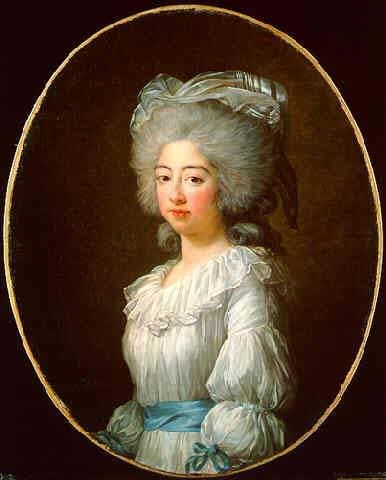I'm not. I know I'm into Lolita, but my inspiration comes from Victorian and retro images, primarily. And yes, I know what I said about the cemise a la reine. That doesn't count, either. It's not a rococo line; it's really more of an early example of what would become the clothing shape for the regency period.
But.
For months now, I've been lusting after a garment I saw on Fairy Tale a la Mode. In a post she wrote about coordinating practice, she had this picture:
Honestly, I think that dress is perfect, and I want it. Even the color, somewhere between pear and olive, would match almost everything in my wardrobe. That failing, a beige-y ivory would work, too, or black or chocolate brown. But this green! And the cut! And I'm not a rococo girl, but it's so fabulous!
This, ladies, is the robe a l'anglaise. And I'm hooked.
Hailing from the mid-to-late eighteenth century, this is one of two major gown styles popular during that time. The robe a l'anglaise had a fitted back:


The look involves a full skirt and a 'robe,' which closes in the front but is open over the skirt. The back of the bodice comes to a point and is sewn into the skirt.
And, of course, there's the robe a l'francaise:


Robe à la française, 1760-70, Silk, cotton. The Metropolitan Museum of Art.
The skirt is full, and it is constructed in much the same way as the robe a l'anglaise (technically an overdress open in the front from the waist down), but the back was pleated and draped over the skirt. It was also known as a sack back.
Now, personally, I'm much more enamored with the robe a l'anglaise. The fitted back simply looks nicer, in my opinion. Not much else I can say to justify that opinion; just my aesthetic sense.
One day, I shall acquire such a dress, though. And, when I do, it will be fabulous.








